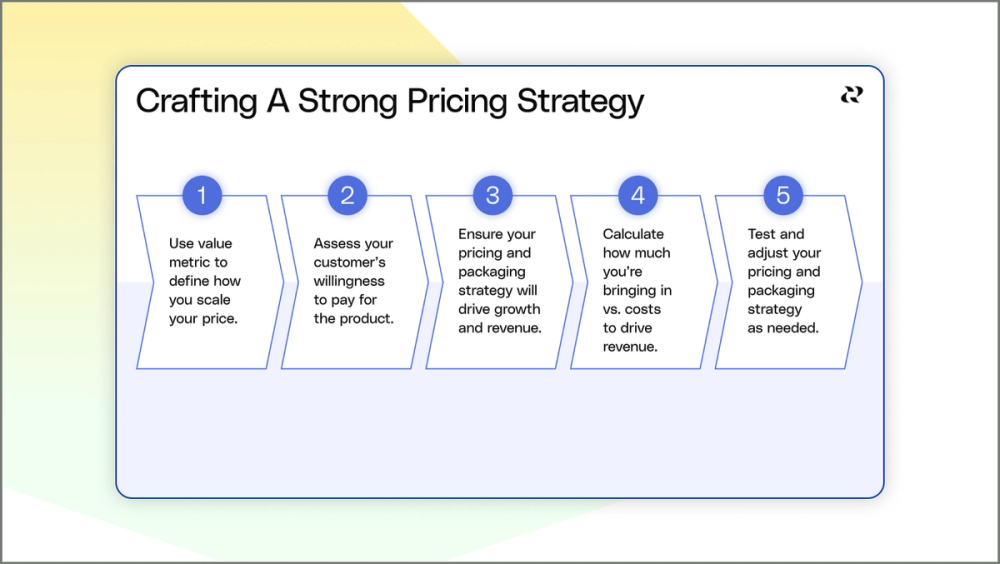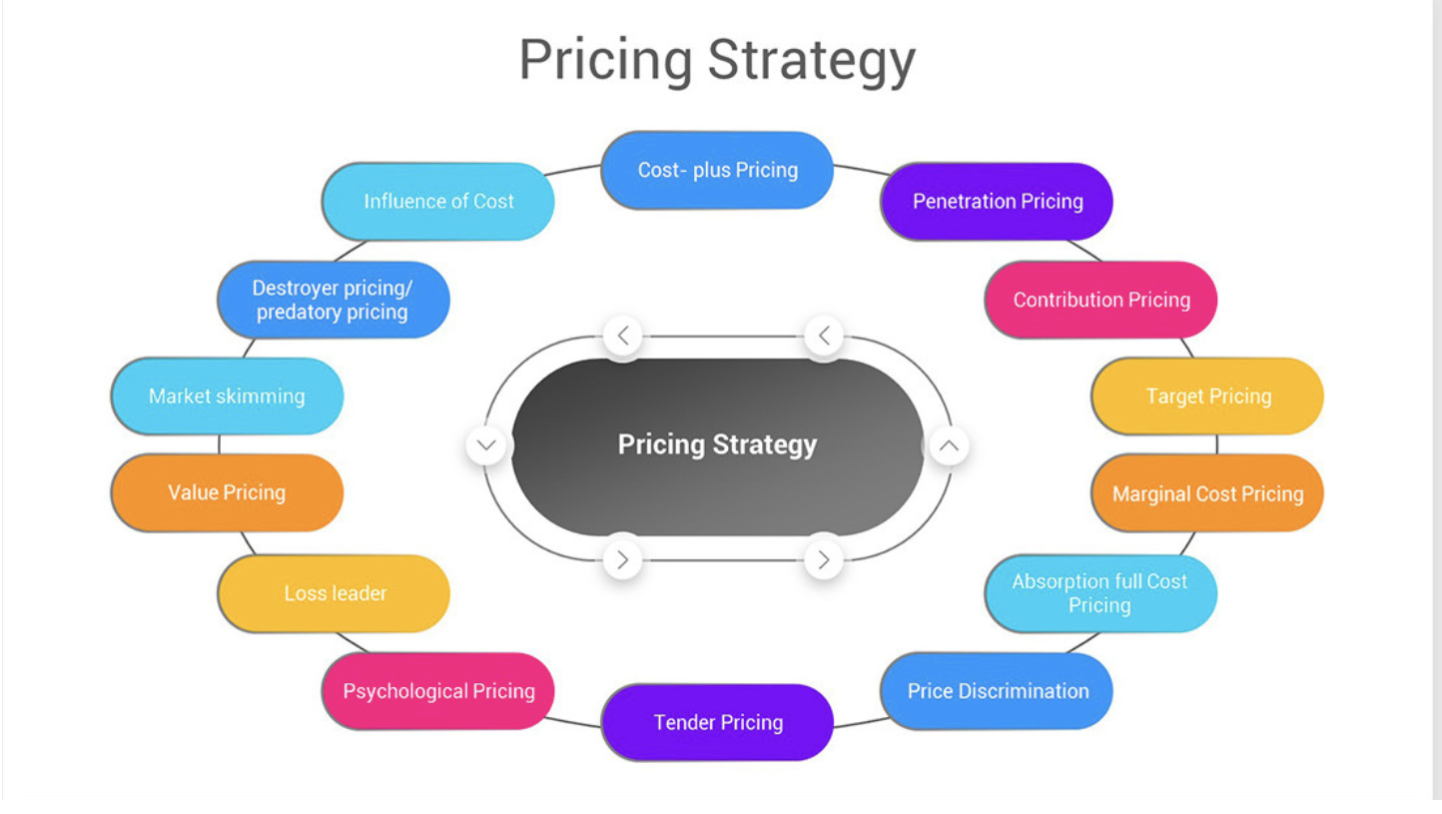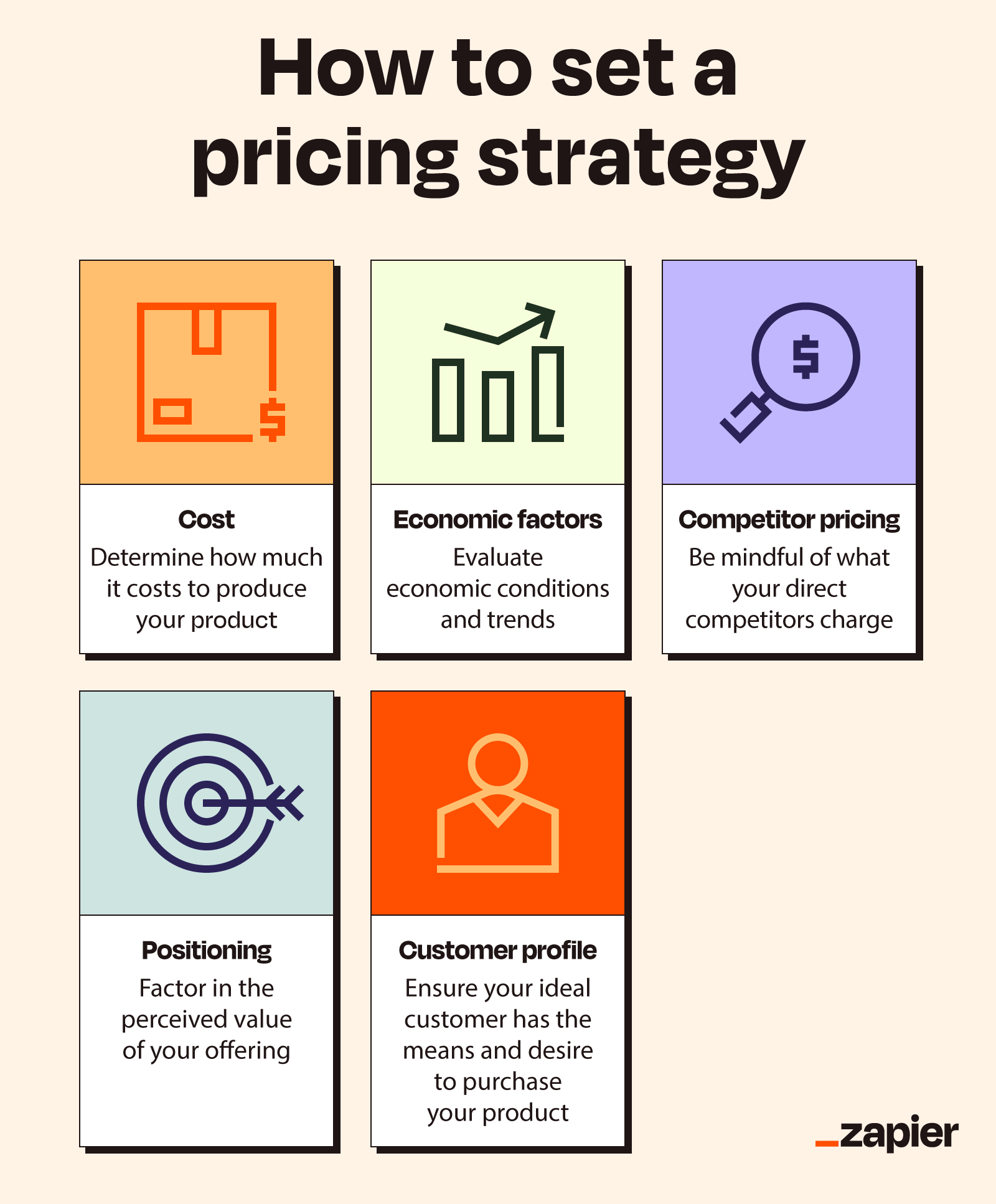Producing a Dynamic Pricing Strategy to Remain Ahead of the Competition
Producing a Dynamic Pricing Strategy to Remain Ahead of the Competition
Blog Article

Master Effective Pricing Strategies to Optimize Earnings
In the ever-evolving landscape of commerce, understanding efficient rates approaches is vital for businesses intending to make the most of revenue. A nuanced understanding of rates psychology can substantially influence consumer habits and investing in decisions. Utilizing value-based and vibrant prices designs allows companies to adapt to market variations and consumer view. The intricacy of competitor analysis and recurring efficiency assessment raises important inquiries regarding the sustainability of these methods. What particular strategies can be carried out to make certain long-term success and customer commitment in this affordable environment?
Understanding Rates Psychology
Recognizing rates psychology is critical for organizations intending to optimize their rates methods. This field examines just how consumers regard costs and how these understandings influence their buying choices. Trick ideas in pricing psychology consist of the anchoring effect, where the preliminary cost offered acts as a referral factor for customers, and the principle of price sensitivity, which varies among different consumer segments.
Additionally, organizations can leverage the notion of perceived worth, where the viewed benefits of a product and services can validate a higher price point. Premium rates can develop a mood of exclusivity, attracting customers that link higher prices with remarkable high quality. On the other hand, emotional pricing, such as setting a cost at $9.99 rather than $10, can dramatically affect consumer behavior by making rates appear extra appealing.
In addition, scarcity and necessity can improve the regarded value of items, prompting quicker investing in decisions. Understanding these psychological triggers allows organizations to create pricing methods that not only drive sales yet also foster client commitment. Thus, grasping pricing psychology is essential for reliable pricing strategy formulation, resulting in improved success and market positioning.
Applying Value-Based Pricing

First, conduct complete marketing research to identify the worth drivers for your target market. This can consist of functions, top quality, brand name credibility, and customer service. Next off, segment your clients based on their readiness to pay and the worth they view. By doing so, you can tailor offerings and rates methods to straighten with various sections.
After gathering insights, set rates that show the optimum amount a client agrees to pay, making sure that they perceive a reasonable exchange for the worth obtained. Communicate the worth suggestion properly, highlighting the benefits and differentiators of your offering. Finally, continuously monitor market conditions and customer responses to improve your rates technique gradually - Pricing Strategy. By carrying out value-based rates, companies can enhance earnings while fostering lasting consumer loyalty.
Discovering Dynamic Rates Versions
In today's quickly transforming market landscape, dynamic pricing models have become an effective technique for organizations seeking to optimize earnings and reply to variations in demand. These models allow business to change their prices in real-time based on various factors such as customer behavior, market fads, and inventory degrees. By leveraging information analytics and algorithms, organizations can recognize optimal rates factors that take full advantage of sales while staying affordable.
Dynamic pricing can take numerous forms, including time-based prices, where prices change based upon time of day or season, and demand-based pricing, which changes rates according to current customer demand. This versatility not only enhances success yet also boosts client complete satisfaction by using costs that show real-time market conditions.
Carrying out dynamic rates needs a durable technological infrastructure and a deep understanding of client segments. Transparent communication about pricing modifications can aid alleviate client frustration and foster count on, eventually leading check this to sustained productivity in an affordable description market.
Studying Competitor Rates
Keeping track of rival rates is important for businesses aiming to maintain an affordable side in their respective markets. By analyzing competitors' rates techniques, companies can determine market patterns, recognize customer choices, and adjust their pricing accordingly. This evaluation involves event data on rivals' rates, advertising techniques, and item offerings to notify prices choices.
To successfully assess rival rates, services ought to make use of different devices and strategies, such as cost tracking software, marketing research records, and customer responses. This data can reveal exactly how competitors place their solutions and products, enabling companies to differentiate their offerings or adopt comparable methods to stay appropriate.
Additionally, it is essential to categorize competitors right into indirect and straight rivals. Direct rivals use similar product and services, while indirect competitors might meet the same client need with different solutions. Understanding the subtleties in between these teams will enable organizations to tailor their rates techniques better.
Inevitably, recurring competitor pricing evaluation is important for making informed pricing decisions. It enables companies to continue to be active in response to market changes, guaranteeing they can take opportunities and minimize threats connected with rates methods.
Reviewing Pricing Efficiency
Recognizing how competitor rates influences market dynamics results in a natural concentrate on reviewing prices performance within one's own service. This examination is critical for recognizing areas of toughness and opportunities for renovation, eventually boosting productivity.

Additionally, conducting routine prices audits can expose disparities in between expected and real efficiency. This includes contrasting pricing information across different segments and channels to understand differences and identify trends. Incorporating customer comments can supply understandings into regarded value versus actual pricing, making certain positioning with market expectations.
Lastly, leveraging information analytics tools can assist in much deeper insights into pricing efficiency, allowing organizations to make data-driven changes this link (Pricing Strategy). By constantly evaluating pricing performance, organizations can adapt to market adjustments and maximize their techniques, making sure sustained earnings in an affordable landscape
Verdict
Efficient pricing methods are necessary for maximizing profit in an affordable market. By leveraging rates psychology, companies can improve perceived value and tailor rates to diverse client segments. The adoption of value-based and dynamic pricing models promotes real-time modifications based upon demand and client desire to pay. Furthermore, continual analysis of rival prices and efficiency metrics makes sure critical agility. Eventually, a detailed strategy to prices not just drives earnings yet likewise fosters customer complete satisfaction and commitment.
Recognizing prices psychology is vital for companies intending to optimize their prices methods. Recognizing these psychological triggers makes it possible for businesses to create pricing methods that not just drive sales yet likewise foster client loyalty. Thus, grasping pricing psychology is essential for effective rates strategy formula, leading to enhanced success and market positioning.
By examining competitors' pricing methods, business can recognize market patterns, comprehend customer choices, and adjust their pricing as necessary. By leveraging pricing psychology, services can boost viewed worth and dressmaker rates to diverse customer sections.
Report this page